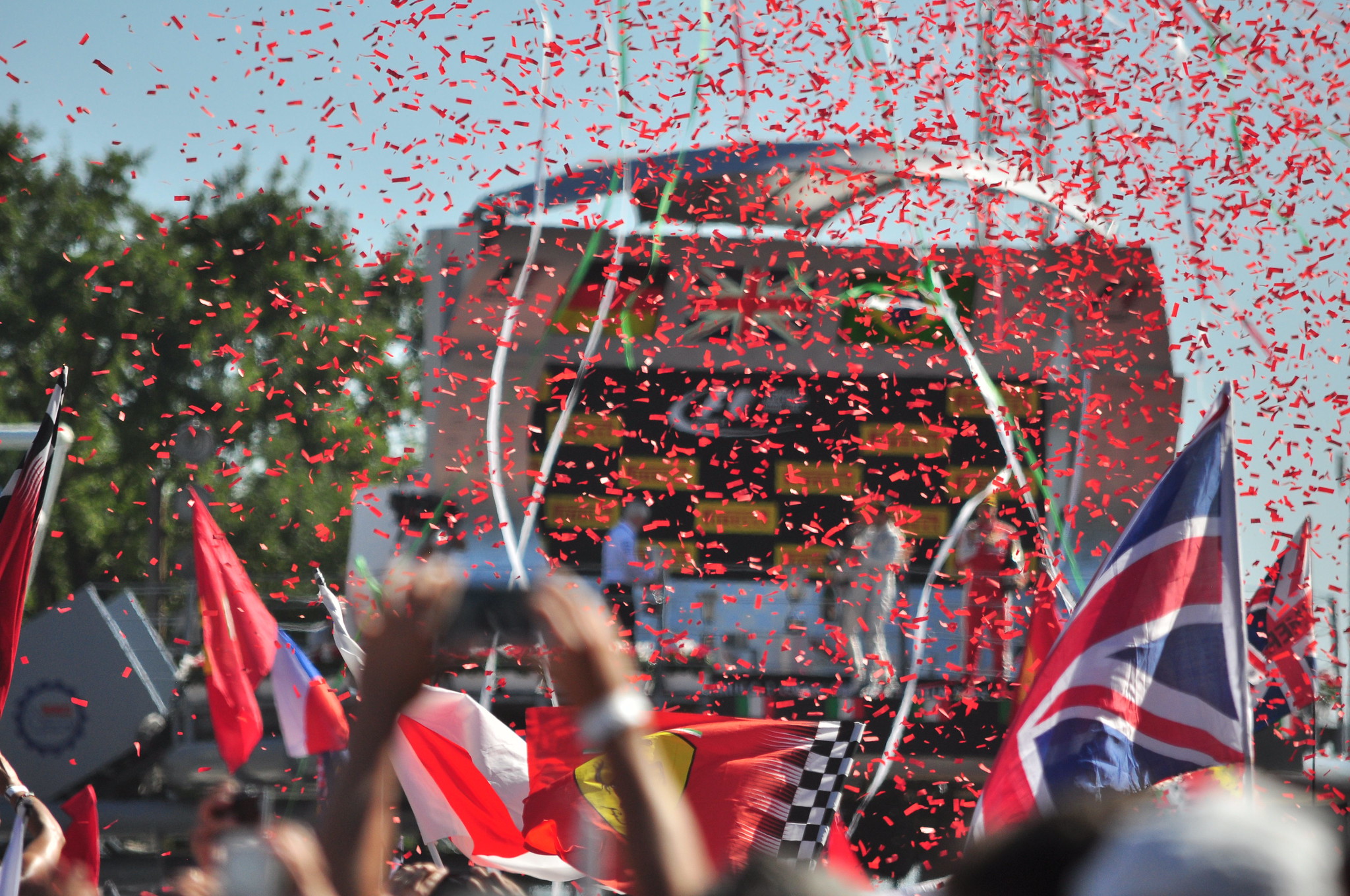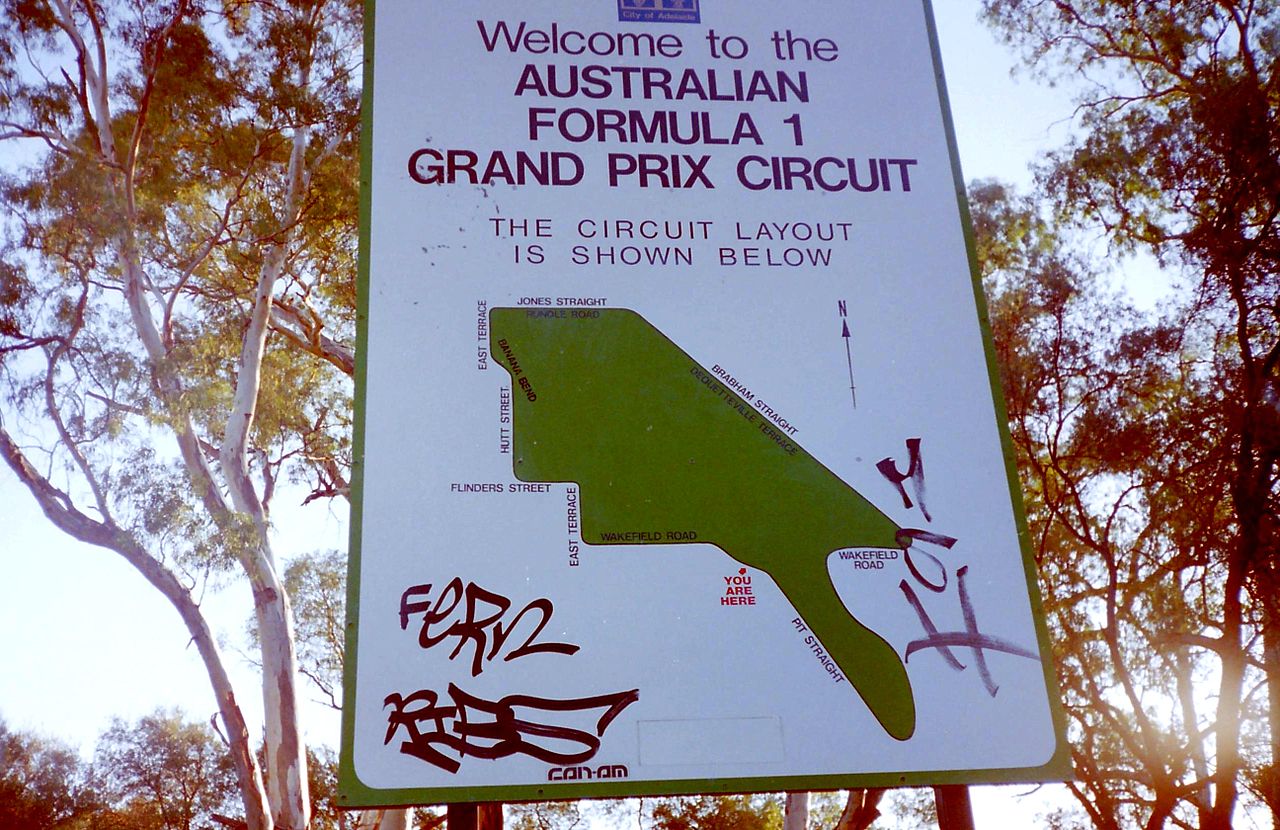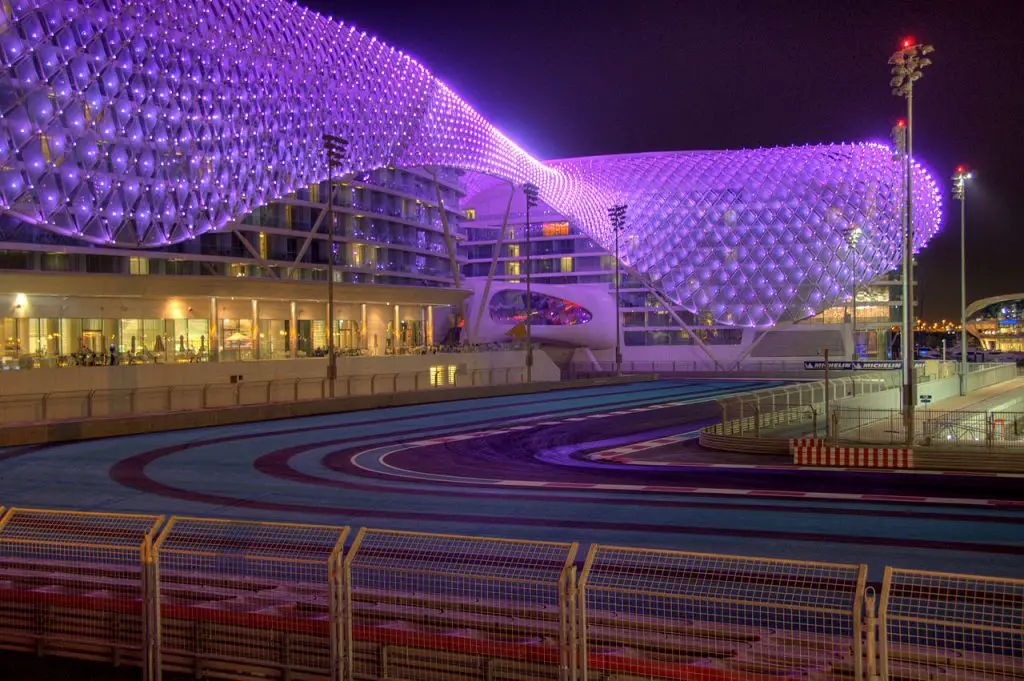With both the Drivers’ and Constructors’ Championships already wrapped up by Lewis Hamilton and Mercedes, 2020 will be the first F1 season to feature three dead rubber rounds since 2015. We take a look at the facts and statistics from Formula 1’s previous dead rubber races.

Dead rubber races are Grands Prix at which both the Drivers’ and Constructors’ Championships have already been decided. As the Constructors’ Championship was not introduced until 1958, our count of dead rubber races also includes races prior to 1958 in which the Drivers’ Championship had been decided. Prior to the 2020 season, Formula 1 has had 73 dead rubber races; which will become 76 after the final three races of the season. The first dead rubber race was the 1952 Dutch Grand Prix, with Alberto Ascari having wrapped up his first title at the previous race in Germany.
1952 is the only time that a dead rubber race has been held in the Netherlands. Zandvoort is one of 23 circuits which, as of the end of the 2020 season, will have hosted a race where the titles have already been decided. Bahrain International Circuit will become the 23rd track on the list, hosting the Bahrain and Sakhir Grands Prix. Unsurprisingly, the circuits which have most frequently hosted dead rubber races are circuits at which the final race of the season has been held. Monza has hosted the most dead rubbers races, with 11, most recently in 2004.
CIRCUITS WHICH HAVE HOSTED DEAD RUBBER GRANDS PRIX (AS OF END OF 2020)
- 11 Monza
- 10 Watkins Glen
- 8 Yas Marina Circuit
- 7 Adelaide
- 6 Autodromo Hermanos Rodriguez, Interlagos
- 5 Suzuka
- 4 Mosport Park
- 2 Bahrain International Circuit, Circuit Gilles Villeneuve, Indianapolis Motor Speedway, Spa Francorchamps
- 1 Bremgarten, Buddh International Circuit, Circuit of the Americas, Estoril, Fuji Speedway, Pedralbes, Pescara, Prince George Circuit, Riverside, Shanghai International Circuit, Zandvoort

The longest gap between two dead rubber races was between the 1980 United States Grand Prix and the 1987 Australian Grand Prix. For six years between 1981 and 1986, at least one title was decided at the final race of the season. That means there were 110 consecutive races where every race counted to deciding that season’s World Champions. The next two longest gaps between dead rubber races are the 96 races between the 1995 Australian Grand Prix and the 2001 Belgian Grand Prix, and the 89 races between the 2004 Brazilian Grand Prix and the 2009 Abu Dhabi Grand Prix.
Ahead of the final three races of the 2020 season, 39 different drivers have won a dead rubber Formula 1 race. Sebastian Vettel has won the most, with six. The 2009 Abu Dhabi Grand Prix and the 2017 Brazilian Grand Prix are the only dead rubber races which Vettel has won in seasons where he did not win the title. Lewis Hamilton could equal Vettel’s tally in 2020 if he wins the final three races of the year. So far, Hamilton has won three dead rubber races, all of those being at the Abu Dhabi Grand Prix, in 2011, 2018 and 2019.
Of the 73 dead rubber races prior to the 2020 season, only 22 have been won by the driver who was crowned World Champion in that season. Only ten World Champions have won dead rubber races in seasons where they had already secured the title: Alberto Ascari, Juan Manuel Fangio, Jim Clark, Jackie Stewart, Niki Lauda, Alan Jones, Nigel Mansell, Michael Schumacher, Sebastian Vettel and Lewis Hamilton. Drivers who had already secured the title have taken pole for dead rubber races on 34 occasions.
DEAD RUBBER GRAND PRIX WINNERS (AS OF 2020 TURKISH GP)
- 6 Sebastian Vettel
- 5 Michael Schumacher
- 4 Jackie Stewart, Rubens Barrichello
- 3 Alberto Ascari, Ayrton Senna, Juan Manuel Fangio, Lewis Hamilton, Nico Rosberg, Stirling Moss
- 2 Alan Jones, Gerhard Berger, Gilles Villeneuve, Graham Hill, Jacky Ickx, Jim Clark, Juan Pablo Montoya
- 1 Alain Prost, Carlos Reutemann, Damon Hill, Denny Hulme, Francois Cevert, Innes Ireland, James Hunt, Jochen Rindt, Jody Scheckter, John Surtees, Mark Webber, Max Verstappen, Mika Hakkinen, Mike Hawthorn, Nelson Piquet, Nigel Mansell, Niki Lauda, Phil Hill, Riccardo Patrese, Richie Ginther, Thierry Boutsen, Valtteri Bottas
2016 was the last season to not feature any dead rubber races. It is one of 34 Formula 1 seasons where at least one title was still yet to be decided ahead of the final race of the year. Meanwhile, 2020 is only the eleventh season to feature three or more dead rubber rounds. The record for most in a single season is four, which happened when both Nigel Mansell and Williams had wrapped up the titles with four races to spare in 1992, and in 2001, 2002 and 2004, when Michael Schumacher and Ferrari wrapped up the titles with four races left.
The 2010s set a new record for most dead rubber races in a decade, with fourteen. The previous record for most in a decade was thirteen, which happened in both the 1960s and the 2000s. The fewest in a decade is four, which happened in the 1980s. The 1980 United States Grand Prix, which was held at Watkins Glen, was the only dead rubber race in the 1980s which was not held at the Adelaide street circuit.
In all of the last fourteen dead rubber races, a Mercedes or Red Bull driver has started from pole position – and since 1987, Ferrari, McLaren, Williams, Red Bull and Mercedes are the only teams to take pole at a dead rubber round. The same is almost true of race winning teams. All but one of the last 44 dead rubber races (since the 1977 Japanese Grand Prix) have been won by one of the aforementioned five teams. The exception is the 1990 Australian Grand Prix which was won by Nelson Piquet, driving for Benetton.
DEAD RUBBER RACES BY SEASON
- 4: 1992, 2001, 2002, 2004
- 3: 1963, 1965, 1969, 2011, 2013, 2015, 2020
- 2: 1952, 1953, 1954, 1957, 1960, 1971, 1972, 1977, 1978, 1979, 1993, 2017, 2019
- 1: 1955, 1961, 1966, 1970, 1975, 1980, 1987, 1988, 1989, 1990, 1995, 2009, 2018
- 0: 1950, 1951, 1956, 1958, 1959, 1962, 1964, 1967, 1968, 1973, 1974, 1976, 1981, 1982, 1983, 1984, 1985, 1986, 1991, 1994, 1996, 1997, 1998, 1999, 2000, 2003, 2005, 2006, 2007, 2008, 2010, 2012, 2014, 2016
DEAD RUBBER RACES BY DECADE
- 1950s: 9
- 1960s: 13
- 1970s: 12
- 1980s: 4
- 1990s: 8
- 2000s: 13
- 2010s: 14
- 2020s: 3
All of the last 24 dead rubber races (since the 2002 United States Grand Prix) have been won from the front row of the grid, while all but one of the last ten have been won from pole position. The furthest back grid position from which a win in a dead rubber race has come from is ninth, for Jody Scheckter in the 1977 Canadian Grand Prix. The furthest back podium finish in a dead rubber race was recorded by Carlos Sainz, who started 20th and last in the 2019 Brazilian Grand Prix.
In all of the last 48 dead rubber races (since the 1972 Canadian Grand Prix) the polesitter has either won, finished as runner-up or retired. In fact there are just two dead rubber races in Formula 1 history where this has not been the case: Juan Manuel Fangio finished fourth in the 1953 Swiss Grand Prix, while Jackie Stewart finished fifth in the 1971 United States Grand Prix.


Pingback: 2020 Sakhir Grand Prix: Milestones and Records to Break - Lights Out ●●●●●
Pingback: F1 Track Stats: Dutch Grand Prix - Lights Out ●●●●●